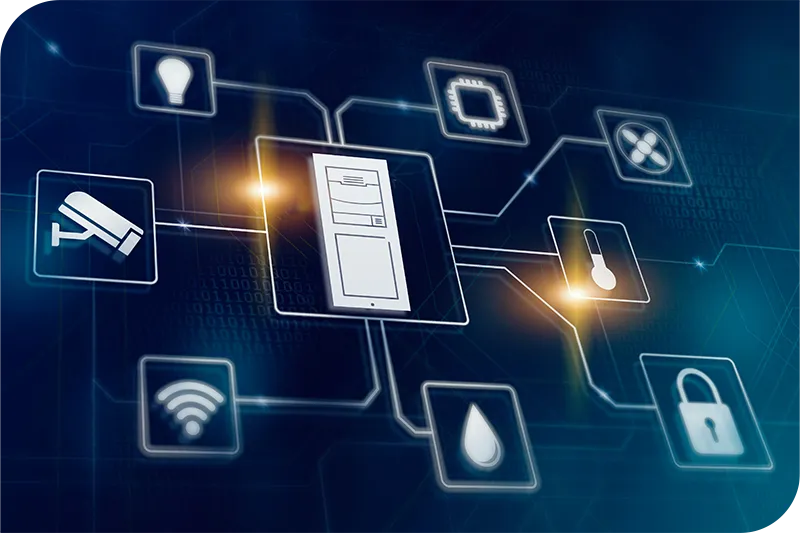The concept of a “smart home” has evolved dramatically in recent years, ushering in a new era of convenience, efficiency, and connectivity. Home automation technologies are at the forefront of this revolution, offering residents unprecedented control and customization of their living spaces. From intelligent thermostats that learn and adapt to individual preferences to smart lighting systems that adjust based on occupancy and time of day, the rise of home automation technologies is transforming traditional houses into cutting-edge, interconnected living spaces.
One of the key elements driving the adoption of smart home technologies is the Internet of Things (IoT). IoT devices, ranging from smart thermostats and doorbell cameras to connected refrigerators and voice-activated assistants, enable seamless communication and data exchange among various devices. This interconnected ecosystem forms the backbone of a smart home, allowing users to manage and monitor their homes remotely through smartphones or other connected devices.
One notable aspect of creating a smarter home is the emphasis on energy efficiency. Smart thermostats, for instance, can analyze household patterns and adjust temperatures accordingly, optimizing energy usage and reducing utility bills. Similarly, smart lighting systems can be programmed to turn off lights in unoccupied rooms, contributing to both energy savings and environmental sustainability.
The integration of artificial intelligence (AI) plays a pivotal role in the evolution of smart homes. AI algorithms enable devices to learn from user behavior, adapting to individual preferences over time. For example, a smart home security system can learn to distinguish between normal household activities and potential security threats, enhancing its ability to protect the home intelligently.
Voice-activated assistants, powered by AI, have become central to many smart homes. Whether it’s controlling lights, setting the thermostat, or even ordering groceries, these virtual assistants provide a hands-free and intuitive way for users to interact with their smart home systems. The convenience offered by these voice-activated technologies has contributed significantly to the widespread adoption of smart home solutions.
As the market for smart home technologies continues to expand, interoperability and standardization have become critical issues. Efforts are underway to establish common protocols that allow different devices and systems from various manufacturers to communicate seamlessly. This push for standardization aims to enhance the user experience and ensure that smart home components can work together cohesively, regardless of their brand or origin.
In conclusion, the rise of home automation technologies is reshaping the way we live, introducing unprecedented levels of convenience, energy efficiency, and customization. As the industry continues to innovate and address challenges related to interoperability and security, smart homes are poised to become an integral part of the modern living experience.
